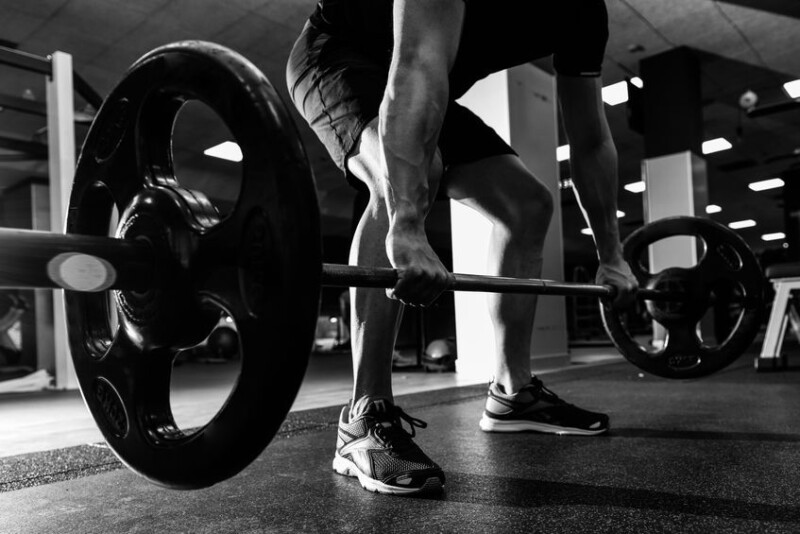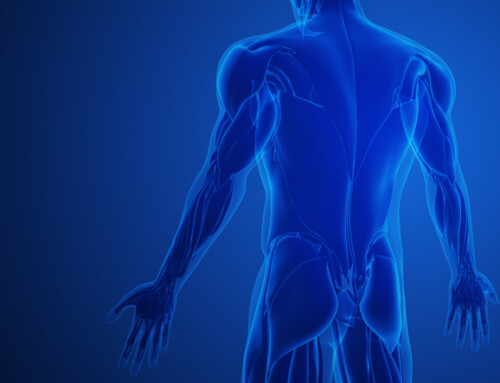by Robert Springer, SPT
Conservative Treatment for SLAP Lesions
What is a SLAP Lesion?
A SLAP (superior labral tear) lesion is a common injury that can lead to pain, discomfort, and a loss of function. SLAP lesions are common to athletes that complete repetitive activities such as throwing but can occur from several other reasons. A SLAP lesion refers to a tear of the labrum, the labrum helps to attach the humerus to the scapula. The labrum is an important structure of the shoulder because of the stability it provides when the humerus attaches to the scapula. The shoulder is a “ball and socket” joint but the humeral head is too large for the scapula so the labrum deepens this socket providing stability to the shoulder joint. There can be four different types of superior labral tears that range from degenerative fraying, detachment of the biceps and superior rim of the labrum, a bucket handle tear, or an intra substance tear. Additionally, the labrum is a sight where the biceps attach and helps to lift the arm. The labrum along with the rotator cuff muscles, and periscapular muscles are what causes the most mobile joint of the body to be stable.
What can cause a SLAP Lesion?
- Repetitive throwing
- Hyperextension of the shoulder
- Falling on an outstretched arm
- Heavy lifting
- A traumatic injury
What are the Symptoms of a SLAP lesion?
- Popping or clicking during movement of the shoulder
- A decrease in scapular stabilization strength or rotator cuff strength
- Pain or discomfort when using your arm overhead
- A decrease of internal rotation of the shoulder
How can Physical Therapy Help?
- Patients need to avoid provocative factors such as athletics to allow inflammation to decrease and relieve pain
- Strengthening of the rotator cuff muscles
- Strengthening of the scapular muscles
- Restoring normal range of motion of the shoulder
- Improving dynamic stability of the shoulder joint
- Stretching of the posterior capsule
Clinical Pearl
Patients who suffer from a SLAP lesion can successfully improve their pain, function, and their overall quality from a conservative treatment approach. Conservatively treating SLAP lesions can return athletes to sports or return normal functioning of the shoulder. However, in some cases patients may elect to have a surgical intervention or possible corticosteroid injection if conservative treatment does not work.
Capital Area Physical Therapy & Wellness provides physical therapy for SLAP lesions. Our experienced providers serve the Upstate NY Malta / Saratoga / Glens Falls & Queensbury region with physical therapy services for SLAP lesions and shoulder conditions.
Call (518) 289-5242 to schedule an evaluation at any of our locations, or to learn more about the services provided by our physical therapists.
Works Cited
1. Dodson CC, Altchek DW. Slap lesions: An update on recognition and treatment. Journal of Orthopaedic & Sports Physical Therapy. 2009;39(2):71-80. doi:10.2519/jospt.2009.2850
2. Edwards SL, Lee JA, Bell J-E, et al. Nonoperative treatment of superior labrum anterior posterior tears. The American Journal of Sports Medicine. 2010;38(7):1456-1461. doi:10.1177/0363546510370937
3. Shin S-J, Rao N, Seo MJ. Is slap repair necessary? clinical outcomes of symptomatic SLAP lesion in non-athletic patients with conservative treatment. Journal of Shoulder and Elbow Surgery. 2015;24(4). doi:10.1016/j.jse.2014.11.030






